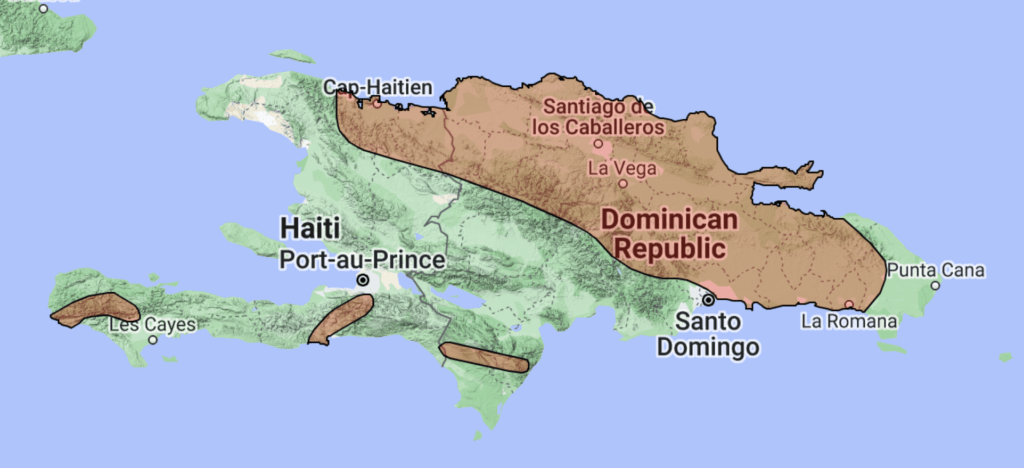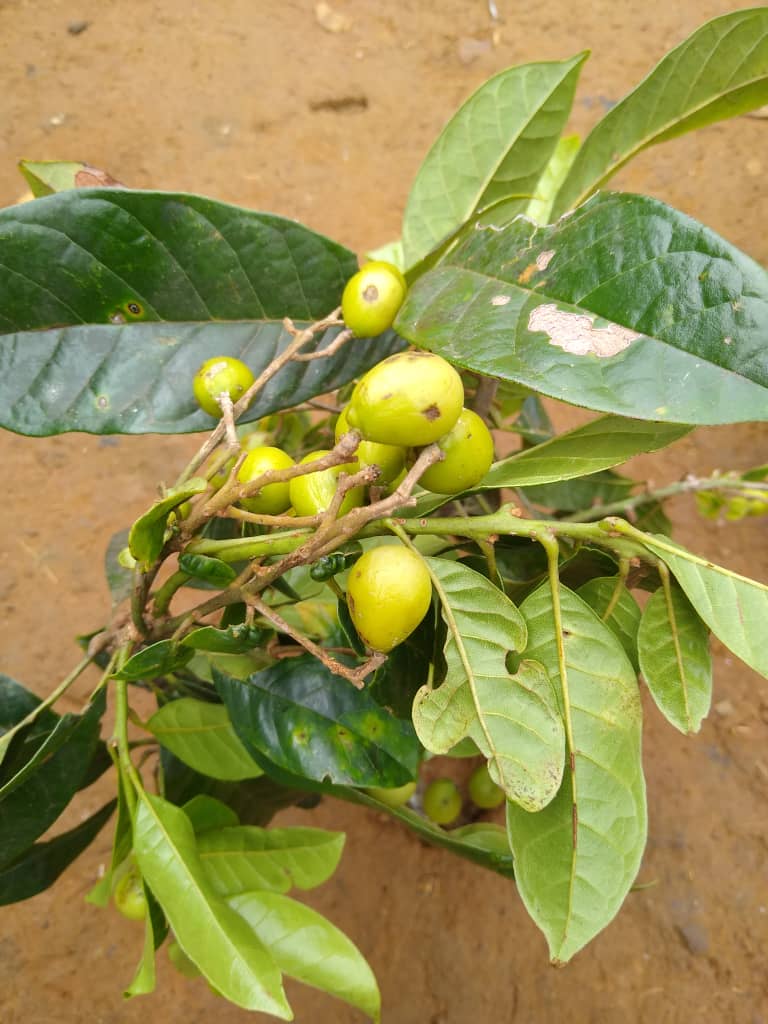In a recent update from our ongoing exploration of Grand Bois National Park, we’re thrilled to share exciting news about a plant species we previously encountered. Recall the intriguing plant locally named “Bwa Krapo” or the “frog tree” from our previous article? Well, the veil of mystery shrouding its identity has finally been lifted.
After rigorous research and consultation with botanical experts, we can now confirm that “Bwa Krapo” is Meliosma herbertii. This discovery marks the first documented sighting of this species in Haiti, enriching the biodiversity tapestry of the region.
Meliosma herbertii, native to Hispaniola, Puerto Rico, and other Caribbean islands, is a rare species found in montane rainforests. Although its value may not extend to medicinal or culinary realms, our observations have unveiled its ecological significance: the tree’s seeds are a preferred delicacy among local fauna, particularly rats and birds.

The intriguing association with frogs, earning it the moniker “frog tree,” adds a captivating layer to its narrative. It stands as a sanctuary for the Hispaniolan giant tree frog (Osteopilus vastus), the largest tree frog on Hispaniola. This endemic frog, found in both Haiti and the Dominican Republic, holds a vulnerable status on the IUCN Red List, threatened by habitat loss due to stream degradation and forest destruction.


Our encounter with the Bwa Krapo underscores the imperative of preserving and comprehending the natural world. As we continue our endeavors in Grand Bois National Park, we are steadfast in our commitment to save and protect this extraordinary landscape for future generations.
Stay updated on our conservation initiatives and latest discoveries by subscribing to our newsletter!


